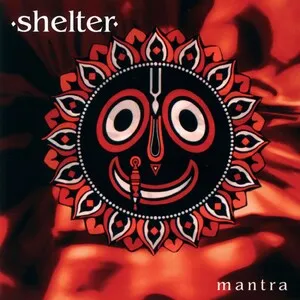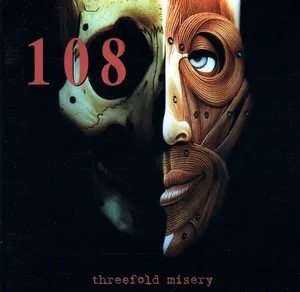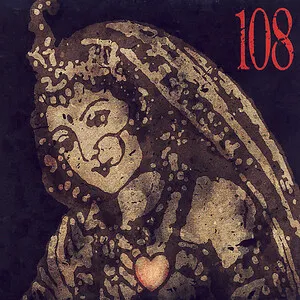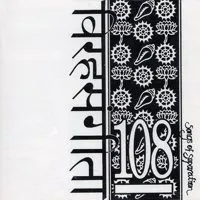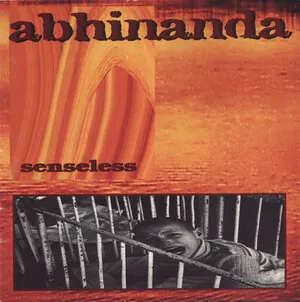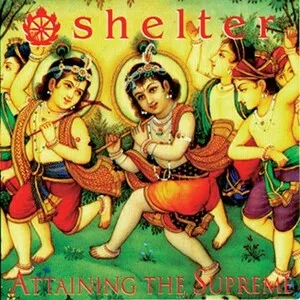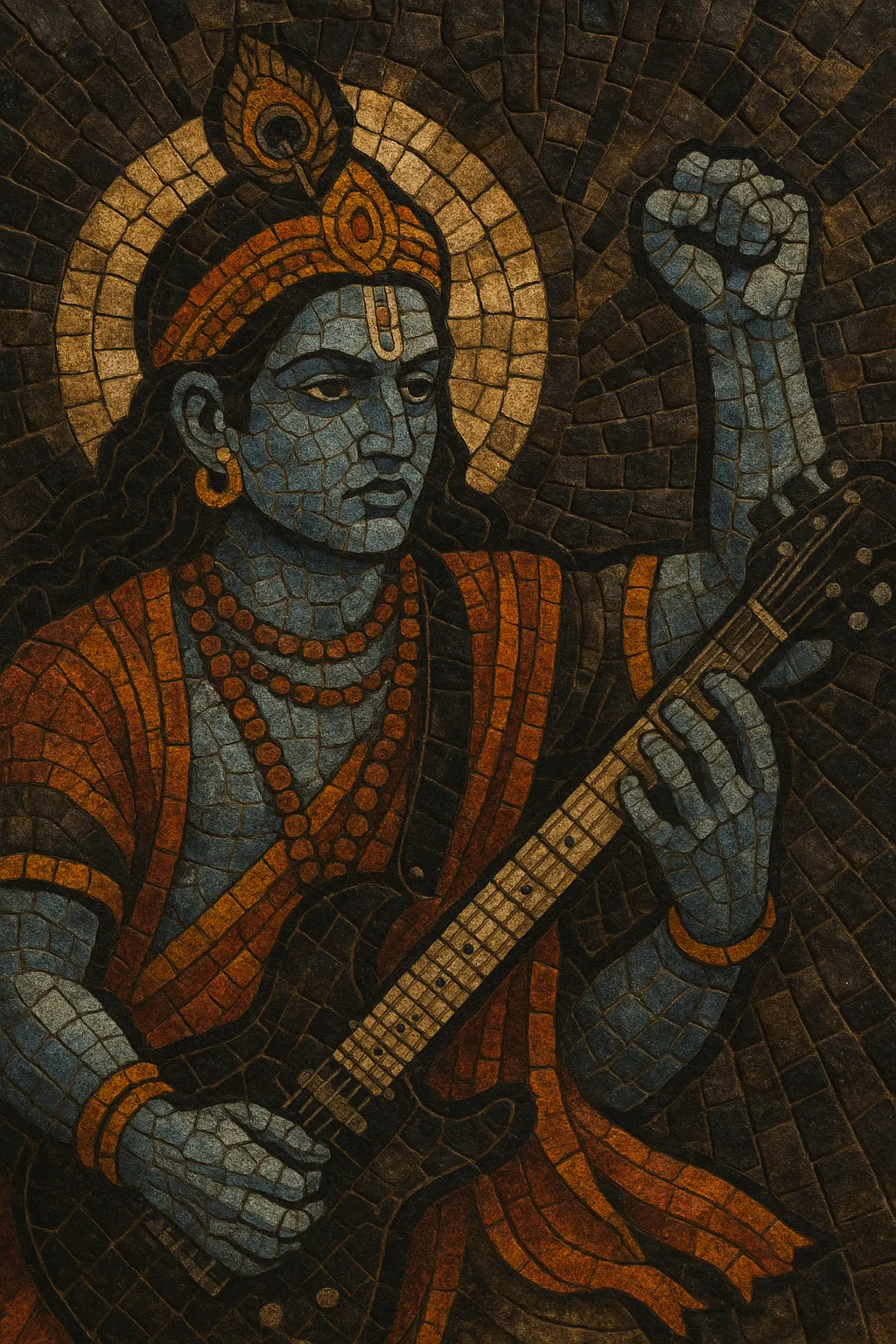
Your digging level
Description
Krishnacore is a subgenre of hardcore punk that fuses the speed, aggression, and communal energy of the New York hardcore scene with the devotional philosophy and imagery of the Hare Krishna (ISKCON) tradition.
Musically it retains hardcore’s fast tempos, shouted gang vocals, and mosh-friendly breakdowns, while lyrically it foregrounds themes from the Bhagavad-gītā and bhakti-yoga such as detachment, devotion, karma, vegetarianism/veganism, and sobriety. Bands occasionally weave Sanskrit mantras, kirtan-style call-and-response, or brief harmonium/tabla passages into otherwise guitar-driven arrangements.
Krishnacore is closely tied to straight edge culture and the early-1990s NYHC milieu, using the intensity of hardcore as a vehicle for spiritual self-discipline and social ethics.
History
The conceptual roots of Krishnacore lie in the late-1980s New York hardcore scene, where some musicians engaged with Hare Krishna philosophy and community life. This interest intersected naturally with straight edge ideals (sobriety, self-control), setting the stage for a spiritually focused branch of hardcore.
Krishnacore coalesced in the early 1990s with Shelter (founded by Ray Cappo and John Porcelly after Youth of Today) and 108 (with Rob Fish and Vic DiCara) serving as the genre’s flagship bands. Their records married NYHC intensity to explicitly Vaishnava lyrics, featuring references to the Bhagavad-gītā and devotional practice. Equal Vision Records, founded within this community, became an important conduit for the sound and its ethos. Tours across the United States and Europe brought the style wider visibility, normalizing the presence of sacred imagery, mantras, and discussions of ethics (vegetarianism/veganism, non-intoxication) in punk spaces.
By the late 1990s the most visible wave had crested, but the discourse it opened—religion and spirituality in punk—continued. Key bands splintered into related projects, occasionally softening sonics or expanding into post-hardcore territory while retaining bhakti themes. Reunions and archival reissues in the 2000s–2010s reintroduced the catalog to new audiences.
Krishnacore demonstrated that hardcore’s confrontational energy could convey devotional and ethical messages without sacrificing intensity. It helped shape pockets of vegan straight edge culture, inspired faith-informed punk scenes, and left a lasting mark on how subcultures negotiate identity, belief, and community within aggressive music.

